 |
| HMS Anson (79) |
Her completion was delayed to allow the fitting of fire-control radar and additional anti-aircraft weapons. She was originally to have been named Jellicoe, but was renamed Anson in February 1940.
Anson saw service in the Second World War, escorting nine Russian convoys in the Arctic by December 1943. She took part in diversionary moves to draw attention away from Operation Husky in July 1943. In October the same year she took part in Operation Leader. In February 1944 she provided cover for Operation Tungsten, the successful air strike against the German battleship Tirpitz. Rear Admiral Cecil Harcourt accepted the surrender of Japanese forces occupying Hong Kong on board Anson in August 1945, and after the end of the war the vessel became the flagship of the 1st Battle Squadron of the British Pacific Fleet.
Anson arrived back in British waters on 29 July 1946, spending the next three years in active service with the post-war navy. She was finally placed in reserve and "mothballed" in 1949, spending eight years in this condition. On 17 December 1957 she was purchased for scrap by Shipbreaking Industries, Faslane.
https://en.wikipedia.org/wiki/HMS_Anson_(79)




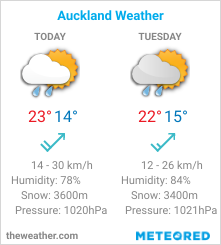
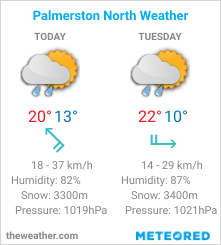
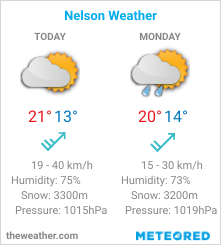
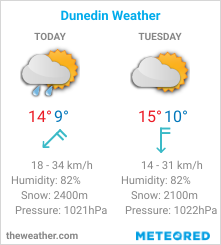
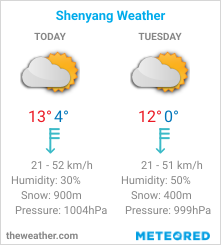
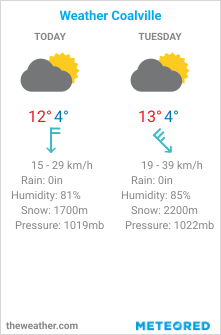
No comments:
Post a Comment
How did you like the post, leave a comment. I would appreciate hearing from you all. Best wishes from JC's Naval, Maritime and Military News